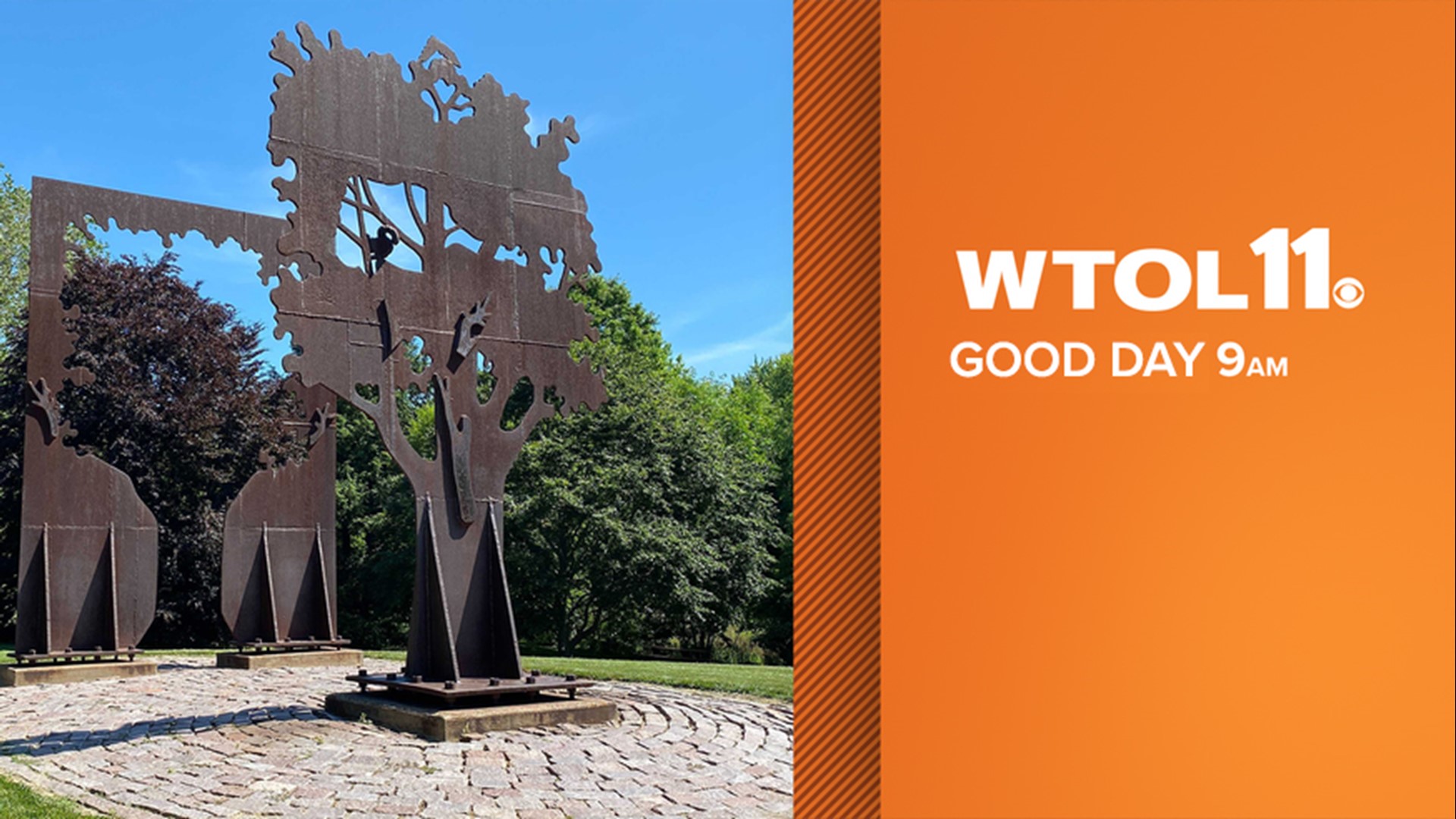TOLEDO, OH (WTOL) - Holy Toledo! There’s no doubt you’ve heard that expression before.
But do you know where it comes from?
Contrary to popular belief, Holy Toledo refers to the city of the same name across the pond, Toledo, Spain.
Toledo was the religious and secular capital of the world of the kingdom of Spain for a long time before Madrid took over that title.
This information was not wasted on Bishop Daniel Thomas, who refers to the Toledo diocese as the Holy Diocese of Toledo for this reason. It's to remind people that they are a holy people.
With this rich history, it's not surprise that Toledo is home to many historic church steeples and bell towers that come from various faith-based communities.
They can be seen from the highway and draw people into Toledo. Many of these church structures also connect religious communities together.
Salem is the first Lutheran church in Toledo, but you may think it's a Catholic church at first glance. Its design features a Roman Catholic alter, a tabernacle and other symbolic Catholic symbols.
Different theories, including money problems and inaccurate design layouts, attempt to explain this discrepancy that dates back 175 years ago. However, nothing has been confirmed.
The bell tower at the top of St. John's Lutheran Church has rich family connections. Judy Pfaffenberger said her father rang the bell for at least 50 years before passing the honor onto her cousin.
She said the bell tower has also seen its fair share of fun.
"In 1999, we had a New Year's party on New Year's Eve and we came up here and we took turns, and we rang it 2,000 times," said Pfaffenberger. .
While there are religious differences, a common tie among these old churches in Toledo is a decreasing congregation. They have had their fair share of break-ins and robberies, but Msgr. Chris Vasko from the Historic Church of Saint Patrick maintains that mainlining a congregation continues to be the biggest challenge among faith communities in a city.
"It's children go on to look for better work, homes and places and we find that the stable population moves out into the suburbs and goes somewhere else, and there's no one left to take care of the tremendous expenses of a place like this," Msgr. Vasko said.
Even though these church congregations are small, their history and architecture continue to be a staple in Toledo.



